 Ingrown hairs are a common grievance many people share, irrespective of their shaving expertise. Characterised by unsightly red or darkened bumps, these hairs can transform a flawless shave into a painful ordeal. But how can one manage, treat, and most importantly, prevent them?
Ingrown hairs are a common grievance many people share, irrespective of their shaving expertise. Characterised by unsightly red or darkened bumps, these hairs can transform a flawless shave into a painful ordeal. But how can one manage, treat, and most importantly, prevent them?
What Causes Ingrown Hair?
When hair grows, it typically follows a straightforward trajectory out of the skin. However, sometimes, especially in individuals with curly hair, the strand curls back and re-enters the skin or, in some cases, never truly exits. This phenomenon results in the formation of those notorious red bumps, often referred to as razor bumps. These ingrown hairs are not restricted to the face; they can appear anywhere hair grows – from your beard to armpits, legs, and even more intimate regions.
Another term you might encounter is pseudofolliculitis barbae (PFB), a medical condition synonymous with persistent ingrown hairs. Recurring razor bumps often plague those affected by PFB, sometimes leading to lingering dark marks or even scarring.
Whether it’s due to natural causes or occasional neglect in one's shaving routine, understanding the origins of ingrown hairs is the first step toward prevention. Refining your shaving habits and being gentle with your skin is crucial.
How to Prevent Ingrown Hairs
Prepping your face properly not only ensures a smoother shaving experience but also significantly reduces the risk of ingrown hairs. Using skin-friendly shaving techniques and the right products can further help in this endeavour.
1. Warm Up Your Skin Before Shaving
Starting with a warm shower or a hot towel on your face can be transformative. Warmth softens facial hair and opens up pores, facilitating a smoother shave and reducing ingrown hair risks.
2. Gentle Exfoliation is Key
Before you reach for that razor, consider exfoliation. A gentle scrub not only removes dead skin that can trap hairs but also lifts facial hair, preparing it for a cleaner shave. Opt for a mild exfoliant, like this one we recommend, and use circular motions for application without being overly aggressive.
3. Follow the Grain
While shaving against the grain may give a closer shave, it's often the culprit behind ingrown hairs. Instead, shave in the direction of hair growth. This reduces irritation and minimises the chances of hairs growing back into the skin.
4. Use a Sharp Blade
Be it a cut-throat razor or an electric shaver, a sharp blade is crucial. Dull blades not only provide an uneven shave but can also cause skin irritation, leading to ingrown hairs. Check our guide on sharpening your razor for tips.
5. Moisturise, Moisturise, Moisturise
Post-shave care is vital. Use a soothing aftershave balm or moisturiser, like this top-seller, to keep skin supple and reduce trapped hairs.
Opt for the Right Shaving Tool
Your choice of shaving tool is paramount when it comes to preventing ingrown hairs. Cut-throat razors (or straight razors) not only provide an unparalleled close shave, but their single-blade design minimises tugging on the hair and reduces the risk of hair curling back into the skin. When properly sharpened and used with skill, they glide effortlessly, cutting hairs cleanly without the multiple passes that can irritate the skin.
For those who prefer a blend of tradition and modernity, safety razors offer a great alternative. Their design ensures a protective barrier between the blade and your skin, decreasing chances of nicks while still providing an efficient shave. Plus, since safety razors typically use a single blade, they offer a reduced risk of ingrown hairs compared to multi-blade razors.
Regardless of your choice, maintaining the sharpness and cleanliness of your tool is essential. Dull blades can tug and pull hairs, and a dirty razor can introduce bacteria, both of which can increase the likelihood of ingrown hairs.
Dealing with Ingrown Hairs
Ingrown hairs can appear despite best efforts. When they do:
-
Hold Off on Shaving: Refrain from shaving the affected area until it heals. Shaving can exacerbate the inflammation and complicate the healing process.
-
Warm Compress: Applying a warm compress can help open up the hair follicle and bring out the ingrown hair.
-
Gentle Exfoliation: A mild face or body scrub can be used to exfoliate the area, helping clear any dead skin blocking the follicle.
-
Tweezer Technique: Once the ingrown hair surfaces, employ sterilised tweezers to gently straighten it out (don’t pluck it out). If you wish to remove the hair, wait until all inflammation subsides to prevent another ingrown hair from forming in its place.
-
Speak to your GP or a Pharmacist: If the ingrown hair shows no signs of healing after a month, consult a medical professional. They might recommend anti-inflammatory creams or other treatments to speed up the healing process.
Ensuring a proper shaving routine and responding swiftly to any ingrown hairs can go a long way in maintaining smooth, irritation-free skin.
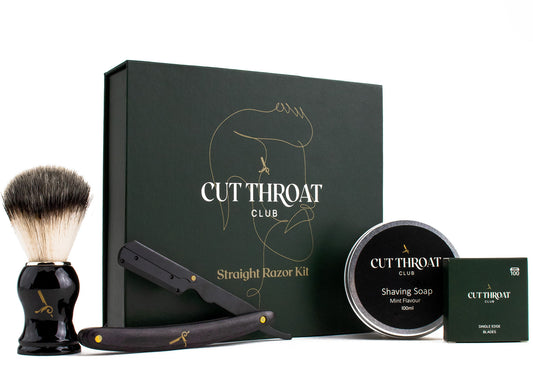
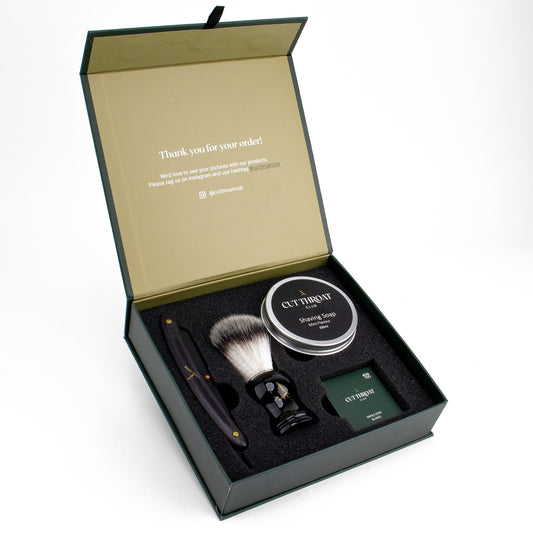
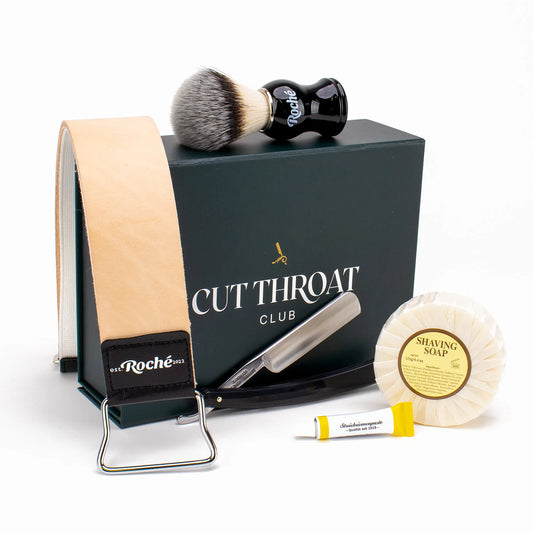
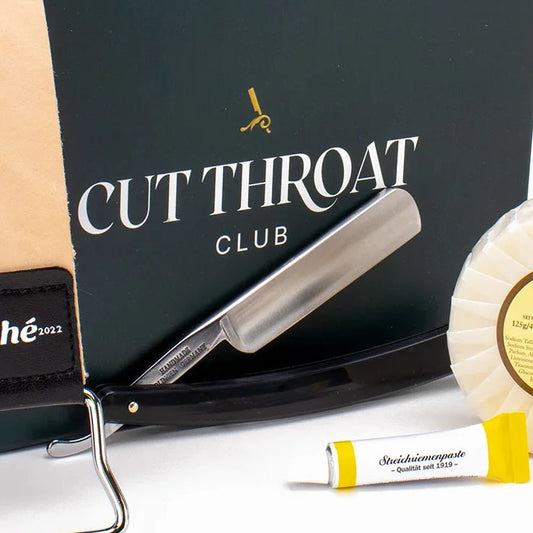
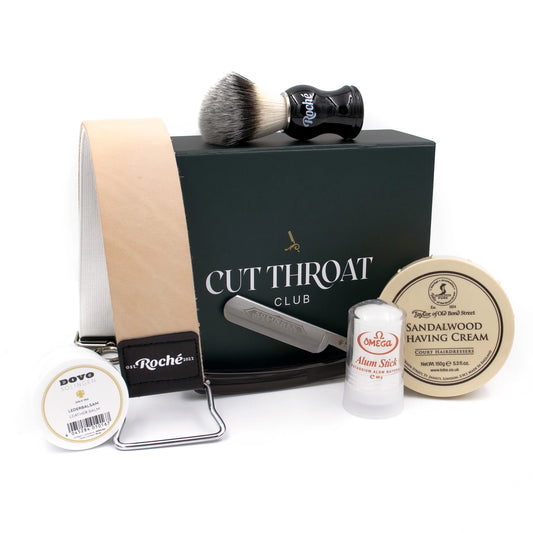
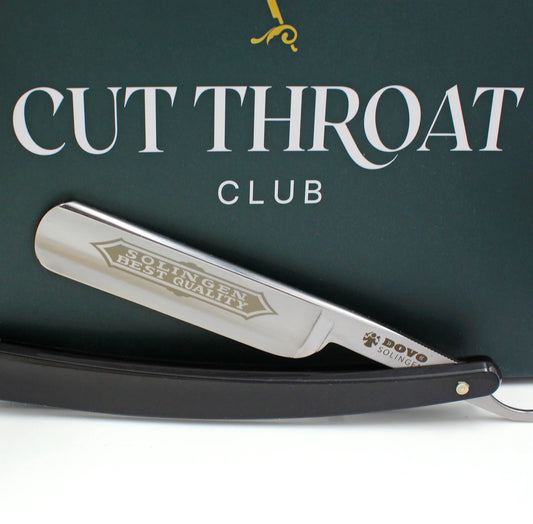
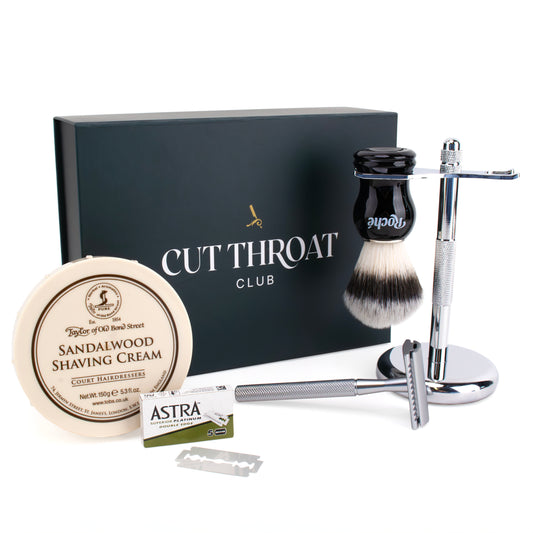
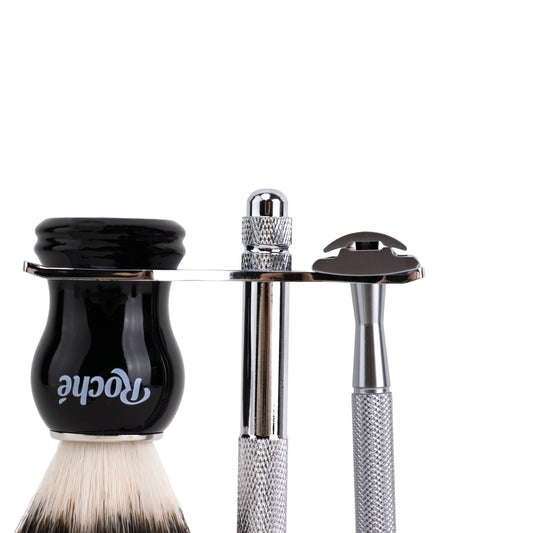
Conclusion - Phew!
That is everything. If you are interested in shopping with us then check out the Cut Throat Club's product range.
We would love to get your input on any differences of opinion you have or other lessons you have learned that our readers would value - Please leave a comment below.